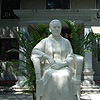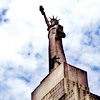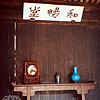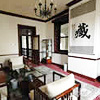On October 10, 1911, the Wuchang Uprising broke out. With one province after another declaring independence from the Qing Dynasty government. As a result, the rule of the Qing Dynasty collapsed, marking an end to the feudal autocratic monarchy of more than 2,000 years and founding the first republic in Chinese history.
To pay tribute to the 100th anniversary of the Chinese Revolution of 1911, with the guidance of Chinese Ministry of Culture, our team designed the photo album which is named "A Century of Change". Through the feature, we will share our insight from our hard work with the readers too.
Song Jiaoren’s Residence
|
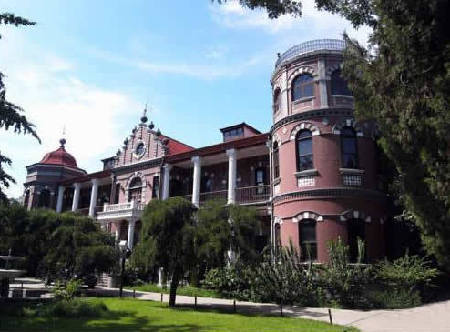 |
Located in the northwest corner of Beijing Zoo in Xicheng District, this house is called Changguan Lou. The architecture is typically European and it is the only perfectly preserved Western-style holiday palace of Empress Dowager Cixi.
In the early 1950s, the then Panchen Lama came to Beijing and lived here. Since 1980, it has been managed by Beijing Zoo.
|
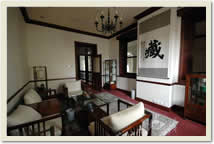 |
Song Jiaoren was from Taoyuan County in Hunan Province. He set up the Hua Xing Hui (China Rehabilitation Association) and late became the backbone of the Tong Meng Hui (Chinese Revolutionary League).
After the Republic of China was founded, he enacted the Temporary Regulations of the Republic of China, which constituted China’s first national fundamental law, equivalent to a constitution.
Source from tour-beijing.com
Editor: Shi Liwei
1、The Preparation of the Revolution
In November 1894, Sun Yat-sen setted up the Xingzhonghui in Honolulu. The next year in February, Sun built the headquarters of Xingzhonghui in Hongkong, and put forward the first guiding principle of the China democratic revolution.
2、The Uprising of the Revolution
The incompetent and corrupt rule of the Qing Dynasty caused extreme anger in Chinese people, finally, In June 1911, the Railway Protection Movement in Sichuan became the trigger of the Chinese Revolution of 1911.
3、The Success and Failure
December 1st, the Qing government signed the armistice with the revolutionary army, and the battle was stopped for three days. This truce is a key turning point that marks the revolution army changed the view from armed struggle to the politics of compromise.
4、Historic
The Chinese Revolution of 1911 is a great bourgeois-democratic revolution, which has far-reaching historic in modern Chinese history.

